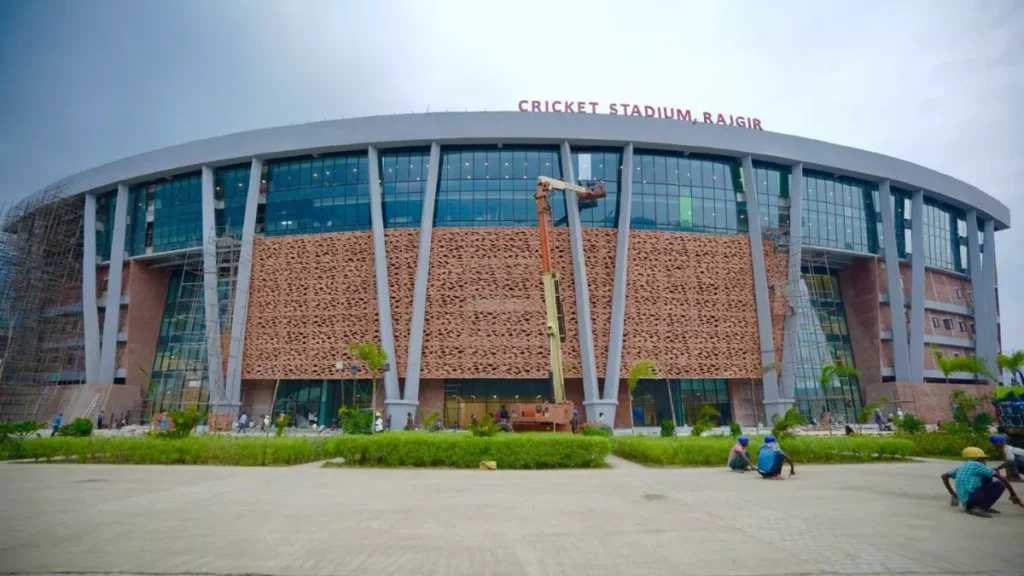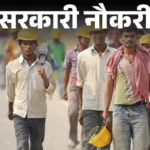The Dawn Quake: How Tremors in Delhi Differ from Earthquakes in the Himalayan Region – A Wake-Up Call or Overblown Concern

A recent series of tremors in Delhi have raised fresh concerns about the seismic activity in India’s capital. For residents of the city, the unsettling vibrations were a stark reminder of the earthquake risks that often go unnoticed in the bustling metropolis. However, what makes these tremors different from the massive quakes that often rock the Himalayan region? The Dawn Quake Are these tremors a legitimate warning for Delhi, or just an overblown concern?
Understanding the difference between tremors in Delhi and full-fledged earthquakes in the Himalayan region is key to assessing whether this is a wake-up call for the capital, or if it’s simply another instance of heightened alarm.
Understanding Seismic Activity in India
India is located in a seismically active zone, with varying levels of earthquake risk depending on the region. The Himalayan belt, extending across northern India, is part of a larger seismic zone, where frequent and powerful earthquakes have historically occurred. The Dawn Quake These areas are known for their higher likelihood of major earthquakes due to tectonic plate movements between the Indian plate and the Eurasian plate.
On the other hand, Delhi, while not as seismically active as the Himalayan region, still lies on the boundary of a high-risk zone. The capital is located in a seismic Zone IV area, which means it’s vulnerable to moderate to severe earthquakes. The Dawn Quake Despite this, Delhi’s tremors tend to be less intense than those experienced in the Himalayan region, where major earthquakes can cause significant destruction.
Tremors in Delhi: A Wake-Up Call or an Overblown Concern?
The tremors in Delhi, though unsettling, are not unusual for the region. The Dawn Quake However, their frequency and intensity have caused a sense of unease among residents. Are these tremors a precursor to something larger, or merely a random seismic event?
The Positive Perspective: A Wake-Up Call
From a preventative standpoint, the recent tremors could be seen as a wake-up call for both residents and authorities. The Dawn Quake Even though Delhi may not be as prone to large-scale earthquakes as the Himalayan region, its vulnerability still exists. Building codes, emergency preparedness, and public awareness must be improved to ensure that the city can handle stronger tremors if they occur.
Recent events have already led to a surge in public discourse about earthquake safety measures, and the government could use this as an opportunity to initiate awareness campaigns, improve infrastructure resilience, and encourage earthquake drills in schools and workplaces. The Dawn Quake Such preparedness could save lives in the event of a significant earthquake.
The Negative Perspective: Overblown Concern
On the flip side, some experts argue that the recent tremors might simply be an overblown concern. Delhi’s seismic activity, while noteworthy, hasn’t resulted in catastrophic earthquakes in recent memory. The Dawn Quake While the city lies on the edge of a seismic zone, earthquake occurrence in the region is relatively low in frequency and intensity compared to areas directly on tectonic plate boundaries like the Himalayan region.
There’s a risk that the media frenzy surrounding such tremors could lead to unnecessary panic among residents, which may not be proportional to the actual risk. Building infrastructure in Delhi is largely designed to withstand moderate seismic activity, The Dawn Quake and while improvements can be made, alarmist narratives might not reflect the actual severity of the threat.
Comparing Tremors in Delhi vs. the Himalayan Region
What sets the Himalayan region apart is its unique position along the tectonic boundary, where immense stress between the Indian plate and the Eurasian plate regularly results in large-scale earthquakes. Some of the most devastating earthquakes in India’s history, such as the 2001 Gujarat earthquake and the 2015 Nepal earthquake, were the result of such tectonic movements.
In contrast, Delhi’s seismic activity tends to be a result of smaller fault lines and the stress transfer from the nearby Himalayan range. The Dawn Quake While it can experience moderate quakes, these are usually less intense and less likely to cause widespread damage compared to the powerful tremors of the Himalayan region.
What Should Delhi Residents Do?
While the tremors in Delhi may not be as severe as those in the Himalayan region, they do highlight the need for preparedness and resilience in the capital. The Dawn Quake Here are a few steps residents can take:
- Stay Informed: Keep track of updates from the Indian Meteorological Department and other authorities regarding seismic activity.
- Ensure Building Safety: If you live in an older building, consider consulting structural engineers about potential earthquake retrofitting.
- Create an Emergency Plan: It’s important for families and workplaces to have a clear plan in case of a major tremor.
- Practice Earthquake Drills: Make sure everyone knows how to duck, cover, and hold on during tremors to minimize injuries.
Conclusion: A Reminder, Not a Crisis
In conclusion, while the tremors in Delhi are worth noting, they should not be viewed with overwhelming alarm. The Dawn Quake They serve as a reminder that seismic preparedness is essential, but they aren’t necessarily indicative of an imminent disaster.
For now, Delhi residents can take solace in the fact that the city’s infrastructure and preparedness plans are designed to withstand moderate seismic activity. The Dawn Quake However, maintaining awareness and continuing to improve safety measures is key to mitigating risks in the future.
The tremors may not have caused significant damage this time, but the lessons they impart about preparedness, awareness, and resilience should not be ignored. Delhi’s residents must remain vigilant and ready to respond should larger seismic events occur in the future.





















